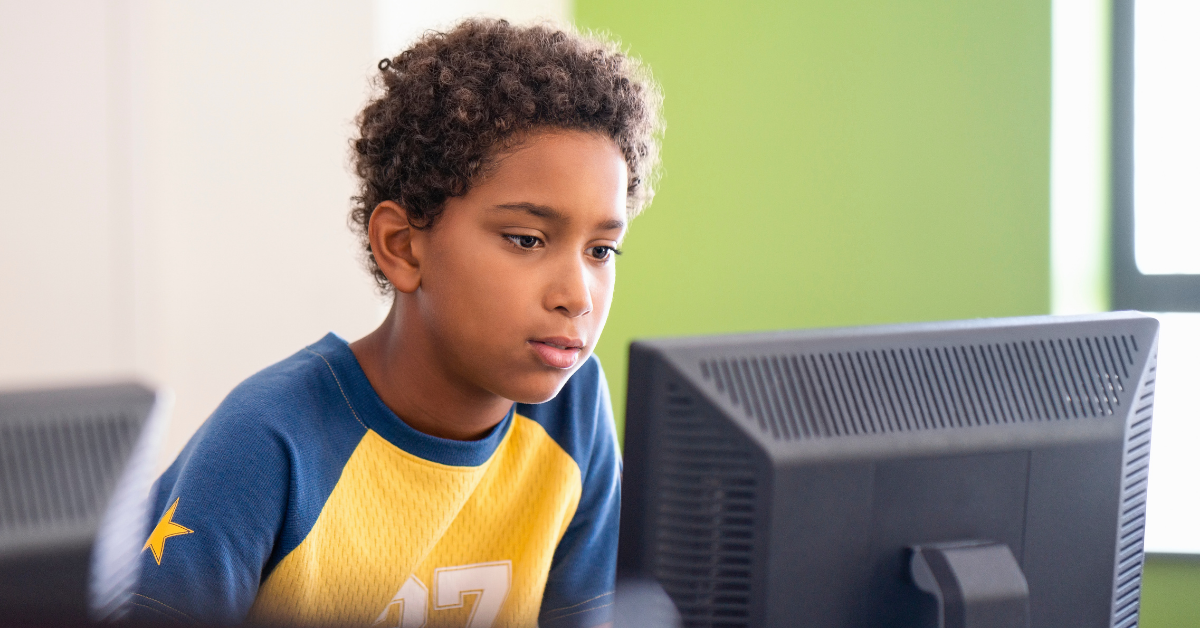
We are all looking forward to a fall where most students are expected to return to traditional schooling. However, the mark of blended learning has already been imprinted- and it’s highly probable that features of remote and hybrid instruction are here to stay.
So, what have we learned?
Looking at literacy specifically, Tara McLauchlan, a Manitoba-based ELA instructor and literacy coach, has spent the last academic year and a half incorporating engaging best-practices that transfer well from the virtual classroom to the brick-and-mortar one (and support a variety of blended scenarios in between).
McLaughlin’s menu features four key pieces of student involvement: Reading, Viewing, Writing/Responding, and Communicating. “The menu is designed to create meaningful, literacy learning that is anchored in student choice and voice,” Tara explains. “It’s adaptable for pretty much all grades and subject areas, you will just need to adjust the reading and viewing resources accordingly.”
Reading: Students read for 15 minutes a day for interest or pleasure. Readers exercise choice in the format of their material (novels, graphic novels, e-books, picture books, and newsprint are all valid sources). Subscription-based platforms, like NewsELA, TumbleBooks, or EpicBooks may be encouraged.
Viewing: Learners spend 15 minutes watching informative videos related to what they read. It is recommended to provide students with a resource list that may include sites (think: edTed, PBS Kids, Brain Pop or National Geographic).
Writing/Responding: Next, students engage in 15 minutes of writing-to-learn exercises. Writing may include graphic organizers or thinking maps (especially for young learners or those who are new to the English language). McLauchlan provides her 8th graders with specific writing prompts for evaluating, connecting, summarizing, and inferring.
Communication: Finally, readers dedicate 15 minutes to communicating directly with the teacher around their reading. This time may be used for “logging” reads, interactive fluency checks, comprehension interviews, targeted skill building, conferencing, or goal setting.
Using McLaughlan's exemplar as our template, we can pull together various elements to create a reading menu. Time can be adjusted for each activity depending on students' reading ability or age. Alternatively, we can consolidate our efforts by using the reading menu in conjunction with a comprehensive literacy platform, like Reading Plus.
Reading Plus is an adaptive literacy solution that improves fluency, comprehension, vocabulary, stamina, and motivation. The platform customizes instruction for every reader by placing students at their just-right level and adapting to ongoing progress. It supports the “reading” section of the menu with an extensive library of engaging informational and literary selections that support instructional objectives through student-centered learning.
Reading Plus’ built-in video tutorials, graphic organizers, and printable materials boost the “viewing” and “writing/responding” portions of the menu. Meanwhile, the program’s adaptive assessment provides teachers with a clear idea of where students are in order to support direct instruction and differentiation. These tools also enable teachers to communicate strengths and goals with students and parents.
The Pandemic has supported educators' work to evolve reading instruction for a more personalized approach. Effective reading instruction for makes room for voice and choice, and centers students as active decision makers in their reading success.

